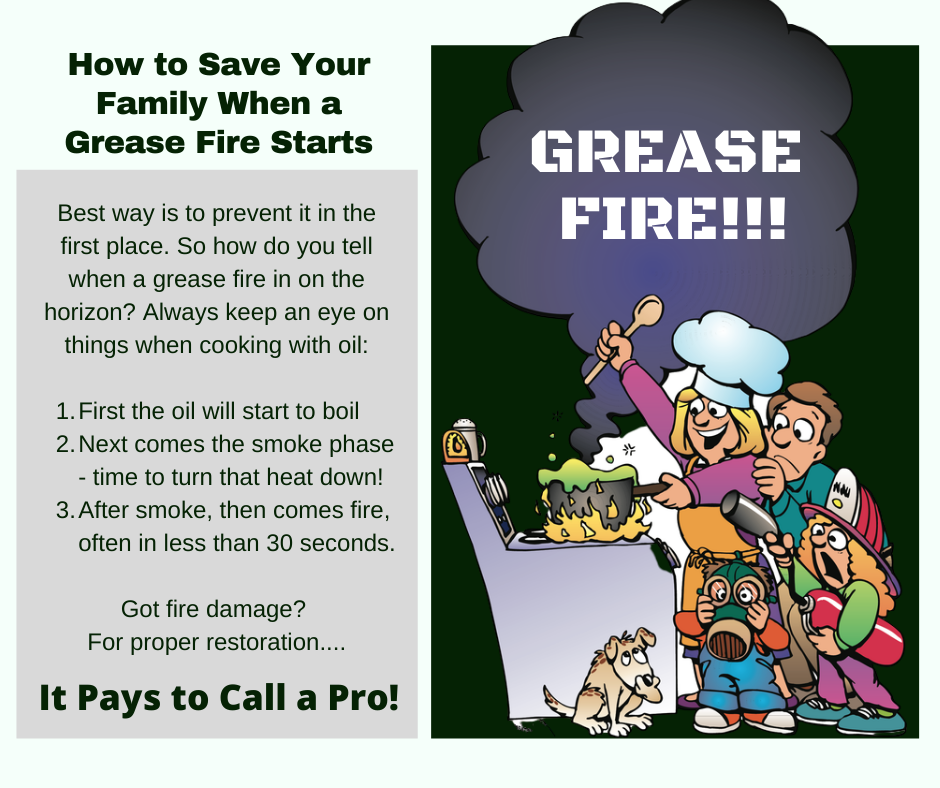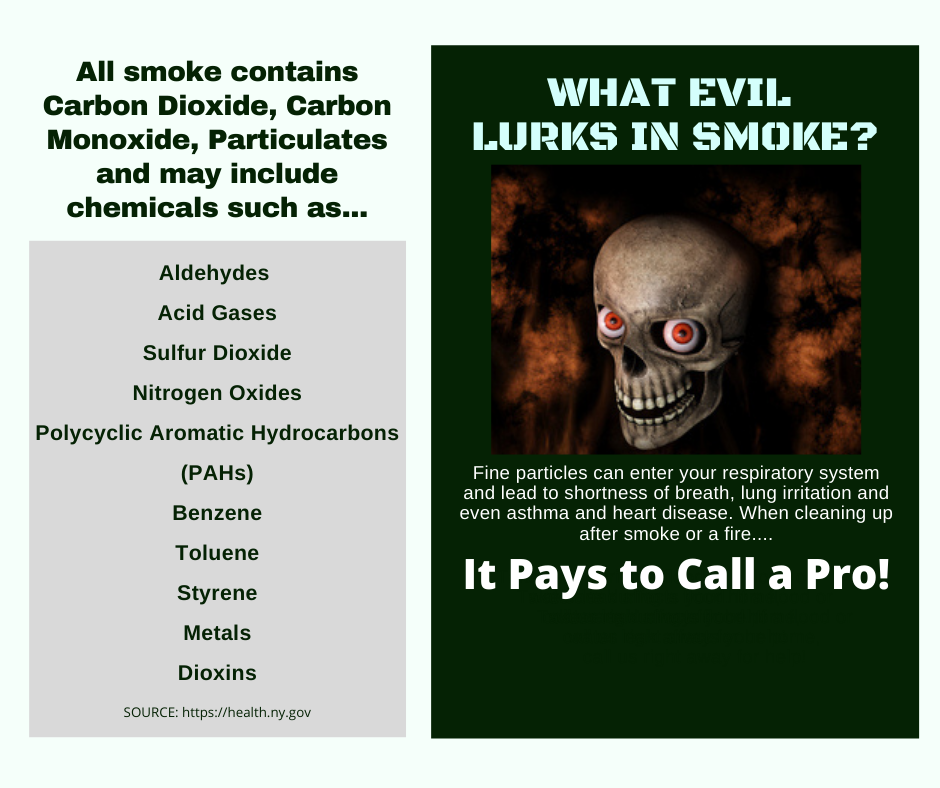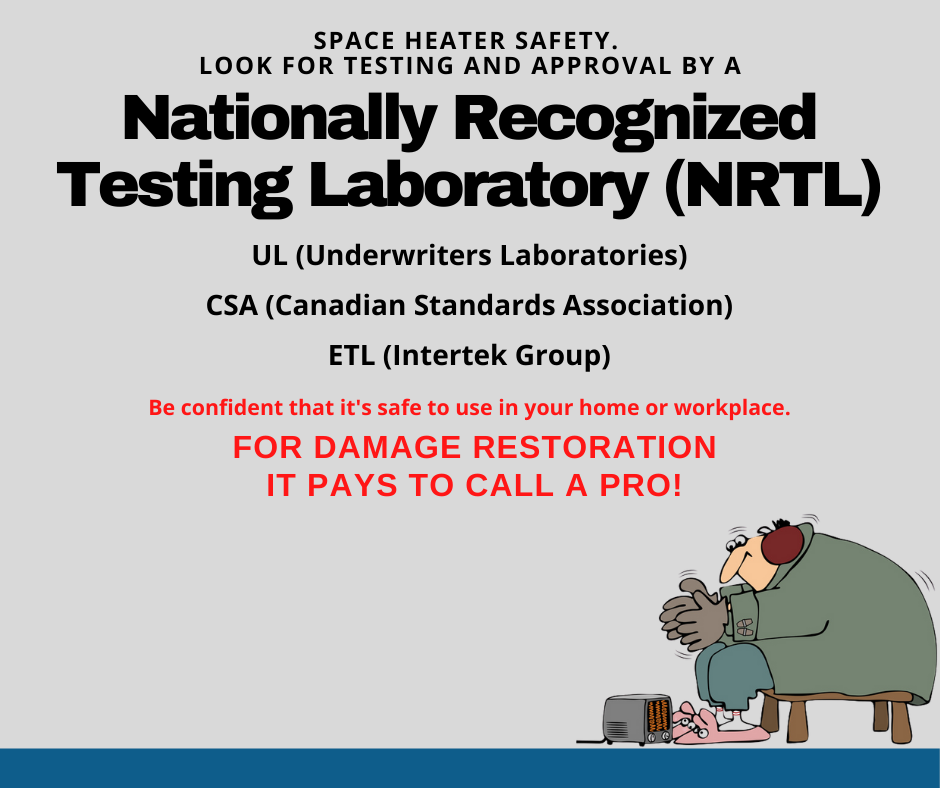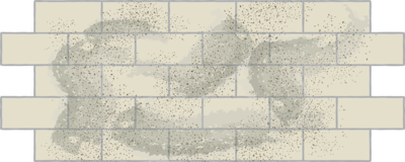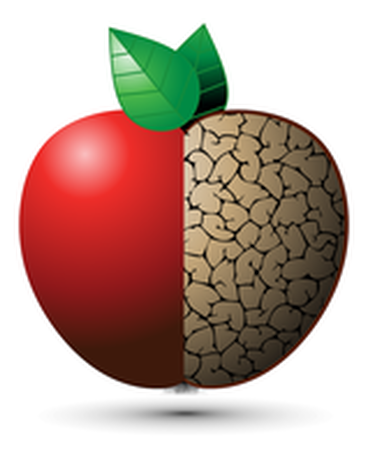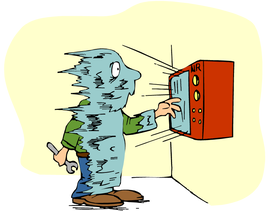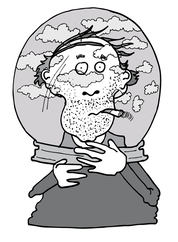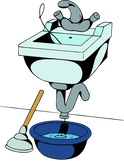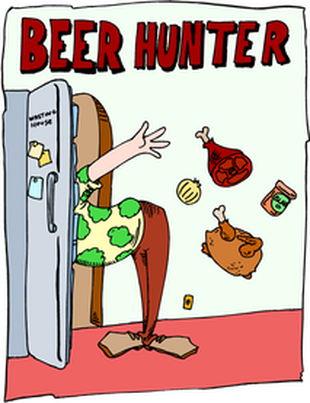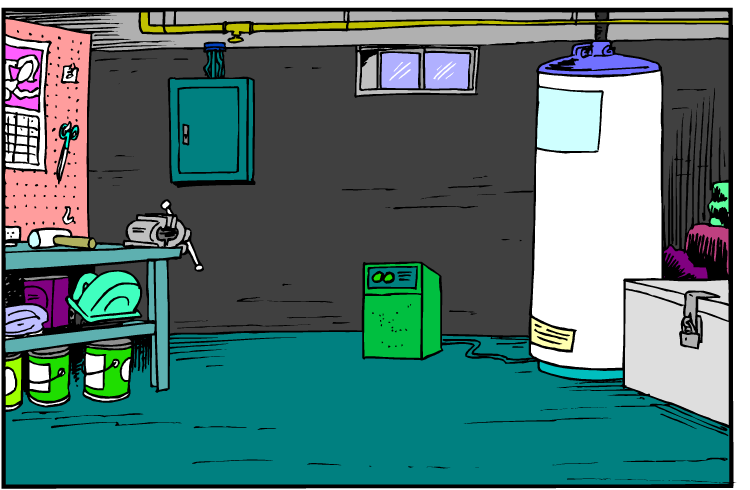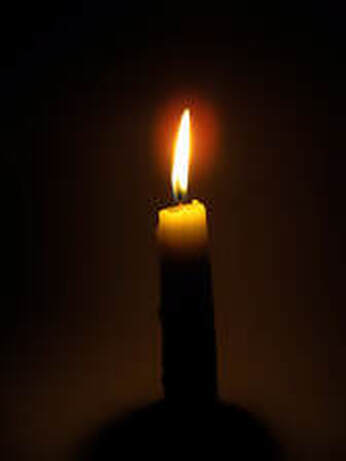Sentry Page Protection
2020 Restoration Articles
How to Customize an Article
It isn't always necessary to customize an article. Search engines will ignore so-called duplicate content when in different geographic markets. If you wish to customize an article, see how easy it can be accomplished on the Instructions page.
It isn't always necessary to customize an article. Search engines will ignore so-called duplicate content when in different geographic markets. If you wish to customize an article, see how easy it can be accomplished on the Instructions page.

